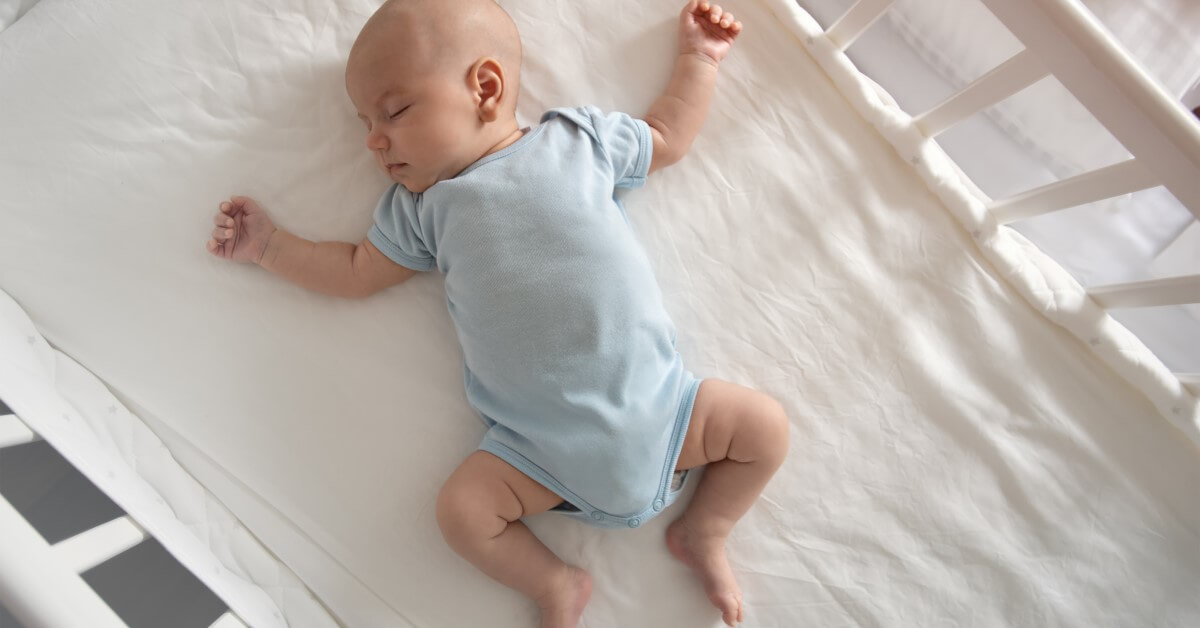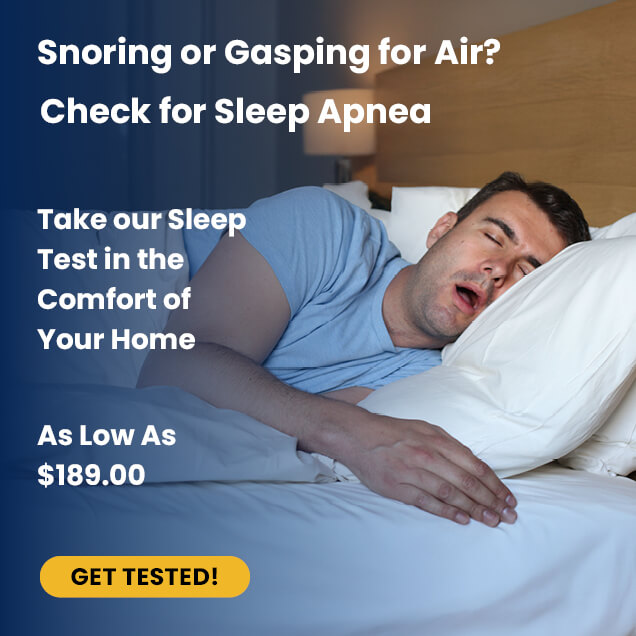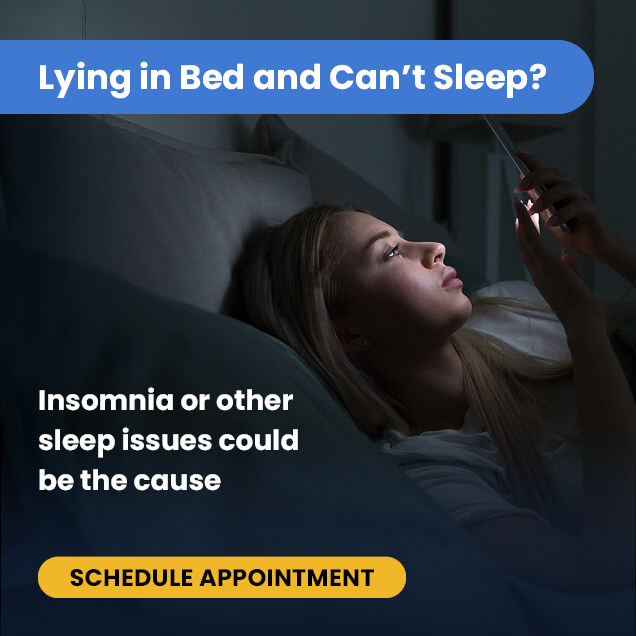Why Proscribe These Products Now? | Harmful | Sudden Infant Death Syndrome | Safe Sleeping Tips
Overview
President Biden signed the Safe Sleep for Babies Act of 2021 on May 16, potentially making bedtime safer for babies. [1]
This act prohibits the production and sale of inclined sleepers and crib bumpers linked to the death of about 200 newborns over the past decade.[1]
Inclined sleepers allow infants to sleep at an angle rather than flat and have an automated rocking function, while crib bumpers provide protection from the crib’s bars.
Both products gained popularity among sleep-deprived parents who hoped to cash in on the rumored ability of the products to make their infants sleep longer and quicker.
However, the products have proven to be harmful to babies. They have been linked to sleep-associated deaths, including sudden infant death syndrome (SIDS).
Biden’s government’s decision to proscribe these products is a fantastic ruling; however, this ruling has a caveat: only the sales of new products are affected by the ban.
It does not expressly prohibit the use of these products, which may call the ban’s efficacy into doubt in communities and demographics that cannot afford to get new products but instead rely on hand-me-downs.
Why Proscribe These Products Now?
The use of both products has been scrutinized for some time now. Many firms have recently recalled their infant-inclined sleeper products, collaborating with the Consumer Product Safety Commission (CPSC) due to suffocation dangers.
Moreover, the American Academy of Pediatrics (AAP) has always recommended that babies sleep flat on their backs with no soft bedding.[3] However, retailers continued to stock inclined sleepers and crib bumpers.
“It was quite confusing for parents to hear one thing from the American Academy of Pediatrics (AAP) about healthy sleep and see beautiful nurseries decorated with bumpers and comforters hanging from cribs,” says Dr. Nilong Vyas, a pediatrician in New Orleans.
“Finally, the legislation and guidelines are in line with consumer availability, making it easier for parents to appreciate the significance of the AAP guidelines,” Dr. Vyas said.
The Safe Sleep for Babies Act is a follow-up to the Consumer Product Safety Commission’s (CPSC) new infant sleep rule, which creates a federal safety standard for baby-sleeping goods and goes into effect on June 23, 2022.
However, parents mustn’t improvise an incline for sleeping infants with homemade materials for this policy to achieve its desired effect.
Any object placed in a crib or beneath your baby may be harmful. In addition, it would be beneficial to have follow-up laws that cover sleep products already on the market.
Why Inclined Sleepers and Crib Bumpers are Harmful To your Baby
According to a recent study published in the Journal of Biomechanics, inclined sleepers are not as firm as mattresses.[2]
Also, the incline alters how babies move while they sleep. Babies may flex their necks when sleeping on an incline, obstructing their airways.[2] The incline may also cause infants to roll over on their belly and predispose babies to suffocation.
Also, crib bumpers meant to protect babies from the bars of cribs may put babies at the risk of suffocation. Dr. Vyas explains that placing these bumpers in the crib can make babies re-breathe their exhaled air (exhaled air is depleted of oxygen), increasing their susceptibility to suffocation and sudden infant death syndrome (SIDS).
Additionally, strangulation is another risk that comes with crib bumpers. Babies can get caught in the crib bumper or its ties or get between the bumper and the crib. Also, some crib bumpers have been taken off the market because of loose stitching or trim that might cause harm to infants.
Also, toddlers may use bumper pads to help them climb out of their cribs, which can cause them to fall and get hurt. Ultimately, the Consumer Product Safety Commission (CPSC), which is in charge of product safety laws and restrictions in the United States, firmly believes that the risk of death from crib bumpers substantially surpasses any stated benefits.[4]
What is Sudden Infant Death Syndrome (SIDS)?
SIDS is when a seemingly healthy baby dies unexpectedly during the first year of life, and no other cause of death can be identified.[3] Typically, it happens while the baby is sleeping. It is also known as crib death.
Although the exact cause of this condition is unknown, certain things could increase the risk of babies having the condition. They include:
- Preterm babies
- Babies with low birth weight
- Babies between 2 – 4 months old
- Sleeping with parents/carer on the same bed [5]
- Babies sleeping on an inclined bed
- Crib bumpers
- Babies with a respiratory infection or cold
- Babies of smoking parents
Safe Sleeping Tips For Infants
Sleep experts recommend that babies should be left to sleep in a crib or cot when they are old enough to do so independently.
Also, parents should ensure to position their babies on their backs and not their stomachs or sides at sleep time.
Additionally, babies should sleep on a flat, firm mattress, and they shouldn’t share their bed with other people or soft objects, including their parents.[5]
Dr. Monica Hoffman, a sleep physician in Iowa, insists that there should be “no teddy bears, no bumpers, and no blankets.”
“The image of that may be striking to many people, and it almost appears sad and lonely. However, we need to change people’s orientation about safe sleep for babies,” said Dr. Hoffman.
If you have any doubts about your safe sleep practices for your baby, you should contact a pediatrician or a sleep doctor.
“When a newborn is brought home from the hospital, it’s vital for parents to begin practicing appropriate sleep habits immediately, such as always laying the baby down awake and attempting to prevent the creation of harmful sleep associations,” explains Dr. Vyas.
Undoubtedly, new baby sleep products will reach the market. However, it is hoped that the CPSC regulation and the Safe Sleep for Babies law would serve as vital safety guidelines.
Furthermore, parents must take every precaution to ensure that their baby’s sleep is as secure as possible.
Parents must make consistent, safe sleep decisions for their children by following the safe sleep guidelines and avoiding potentially harmful sleep products.
References:
- Gibson, Kate. “Biden Signs Law Banning Infant Sleep Products Blamed for 200 Deaths.” CBS News, CBS Interactive, 16 May 2022, https://www.cbsnews.com/news/infant-sleep-suffocation-product-recall-ban-biden-law-200-deaths/.
- Wang, Junsig, et al. “Infant Inclined Sleep Product Safety: A Model for Using Biomechanics to Explore Safe Infant Product Design.” Journal of Biomechanics, Elsevier, August 28 2021, https://www.sciencedirect.com/science/article/abs/pii/S0021929021004747.
- Moon, Rachel Y., et al. “SIDS and Other Sleep-Related Infant Deaths: Updated 2016 Recommendations for a Safe Infant Sleeping Environment.” American Academy of Pediatrics, American Academy of Pediatrics, November 1 2016, https://publications.aap.org/pediatrics/article/138/5/e20162938/60309/SIDS-and-Other-Sleep-Related-Infant-Deaths-Updated?autologincheck=redirected.
- CPSC Fails to Ban Crib Bumpers Dangerous to Infants. https://docs.house.gov/meetings/IF/IF17/20190613/109635/HHRG-116-IF17-Wstate-WallaceW-20190613-SD015.pdf.
- Klonoff-Cohen, Hillary, and Sharon L Edelstein. “Bed Sharing and the Sudden Infant Death Syndrome.” The BMJ, British Medical Journal Publishing Group, November 11 1995, https://www.bmj.com/content/311/7015/1269.short.






